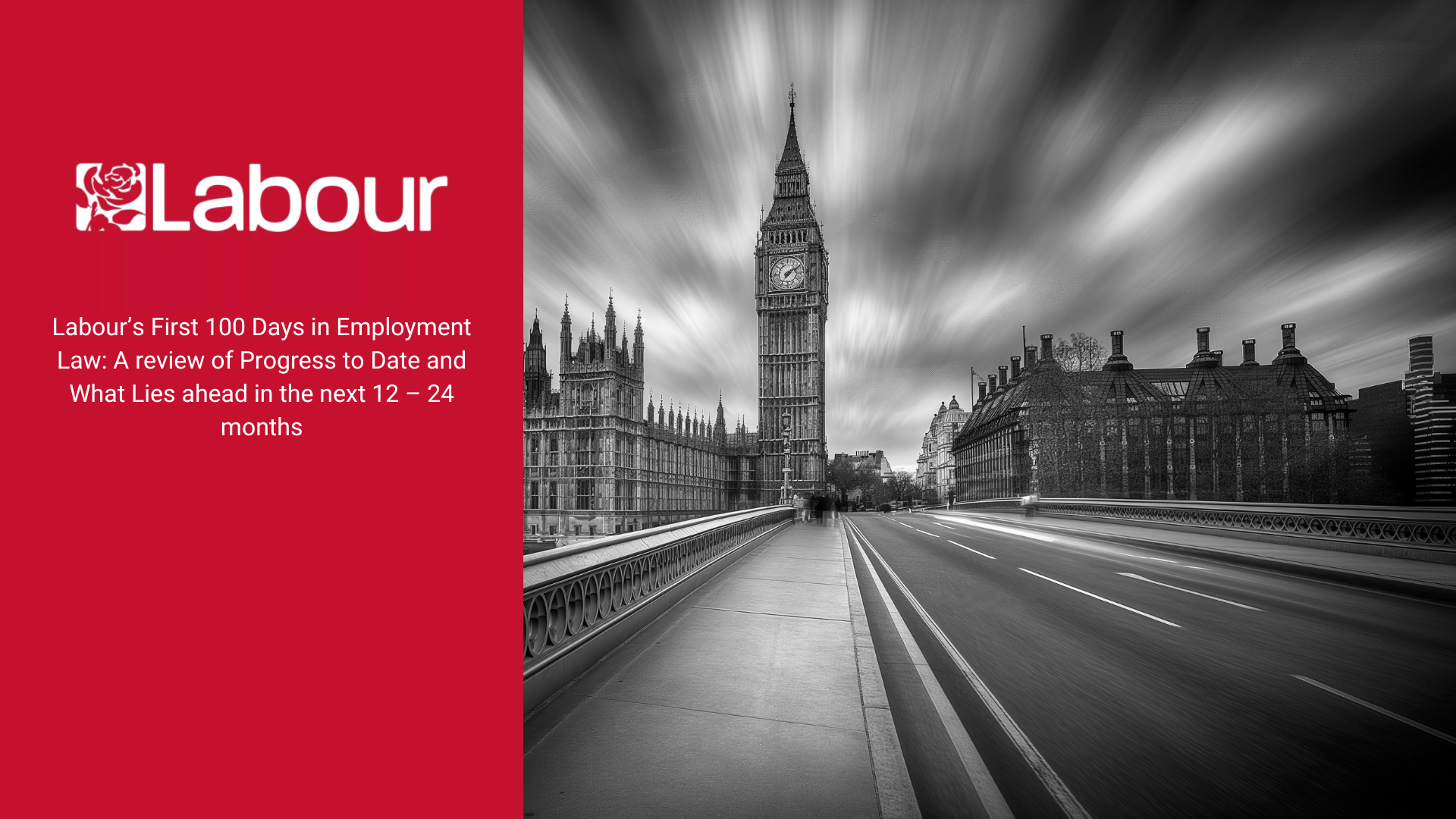Collective redundancy process
The rules for collective redundancy (making more than 20 people at a single unit of your business redundant within 90 days of each other) differ to those for 20 or fewer employees. Even if the number affected is not quite 20 or the period is slightly longer than 90 days, it is still recommended that you follow the process below.
A step-by-step guide to collective redundancy
The collective redundancy process comprises several clearly mapped-out stages that should be carried out separately. This process must start in good time so that consultations can take place. The rules vary according to how many redundancies you are planning to make.
- Between 20 and 99: consultations should begin at least 30 days before the last day of employment.
- 100 or more: the process should start at least 45 days before the last day of employment.
Warn staff about the collective redundancies
It is important all affected employees and their representatives are given as much warning as possible. You should do this in writing and set out your plan in broad terms.
Hold elections for employee representatives
During the process, consultation will occur between you (the employer) and representatives of the affected employees. Employees may already be represented by an independent trade union or staff body. If not, representatives should be elected from within each provisionally selected staff grouping.
Rules for a secret ballot should be disseminated before conducting an election. While this may sound onerous, it could save time and resources by making the redundancy process more efficient.
Once elected, employee representatives will have special legal rights. These include access to facilities, time off, and protection against victimisation.
Alternative approaches to representation
Of course, things may not go according to plan. Sometimes employee representatives are not chosen for the consultation process. Should this happen, special rules will apply to your collective redundancy process.
If you need more details on this area, a good place to start is the Trade Union and Labour Relations Act 1992 (TULCRA).
Notify BEIS
You must inform the Department for Business, Energy and Industry Strategy (BEIS) of large-scale redundancy proceedings.
Complete BEIS form HR1: Advance Notification of Redundancies and send it by email or post to the Insolvency Service.
Write to the representatives
You must write a letter to the employees’ representatives outlining your plans for collective redundancy.
It should contain information in line with the rules set out by the TULCRA. This includes:
- reasons for the proposed redundancies
- number and type of affected employees
- total numbers of the affected types of employees
- proposed method of employee selection
- method of calculating redundancy payments
- certain details about agency workers.
Hold consultation meetings with representatives
The aim of the consultation meetings must be to find ways to avoid redundancies, to reduce the number of employees affected, or to limit the impact of the proposed action.
The job losses may not be preventable. However, take the time to discuss and consider how you might avoid them or reduce their impact. By noting your efforts, you will be better protected against claims of unfair dismissal.
You should discuss and be willing to potentially change:
- the numbers of employees affected
- ways of avoiding redundancy (e.g. a recruitment freeze, retraining and transferring to vacant posts, or cost savings)
- the proposed method of selection
- the redundancy package on offer
- whether you are seeking voluntary redundancies.
Reach an agreement with representatives
You should do everything you can to reach an agreement with employee representatives before writing directly to affected employees.
Whether you reach an agreement or not, you should involve them in the rest of the process.
Write to affected employees
You should contact employees you plan to make redundant individually, in writing. What you include in these letters depends partly on what has been discussed and agreed with representatives.
The contents should include:
- confirmation of the selection methods
- an invitation for volunteers (if you want to do this)
- details of alternative jobs on offer (if any)
- details of the discussion had with representatives, including what has been agreed.
Make provisional selections for the collective redundancies
Now is the time to apply your selection criteria.
At this stage, the consultation process will still be ongoing. As you should not have made any firm decisions yet, redundancies are referred to as provisional or potential.
The letter you write to the provisionally selected employees should include:
- confirmation of provisional selection
- your reasoning for this decision
- an invitation to a personal consultation meeting.
Hold one-to-one meetings with provisionally selected employees
These meetings should follow the same format as those for individual redundancies. This means you need to cover:
- reasons for the planned redundancy
- details of the selection criteria
- why the employee has been provisionally selected
- alternatives to redundancy (if possible)
- details of the redundancy payment.
You should record details of these discussions and try to agree the notes with affected employees.
Hold follow-up one-to-one meetings
If you need to, conduct further one-to-one discussions with the affected employees to follow up on what was discussed in the previous meetings.
Issue notices of termination
If no alternative course of action has been agreed, you can issue notices of termination to the chosen employees.
Before you proceed, make sure one-to-one employee meetings and consultations with the employees’ representatives have been solicited and held accordingly.
Conduct appeal hearings
When many redundancies are proposed, it is typical for employees’ representatives to request an appeal of the decision. This may be to avoid the redundancy or seek better terms.
You should ensure the opportunity to appeal is part of your collective redundancy procedure. This will help to avoid unfair dismissal claims.
Planning collective redundancy and need help?
As an employer, it is critical that you follow the proper procedure for making large-scale redundancies. Getting it wrong could result in costly claims and awards. In addition, failure to inform BEIS correctly could potentially expose you to criminal liability.
Making a group of employees redundant is not easy. We would always recommend seeking professional legal advice. If you would like further information on the collective redundancy process, get in touch with us today. Our team of experienced employment solicitors is ready to give you clear, accurate advice.











